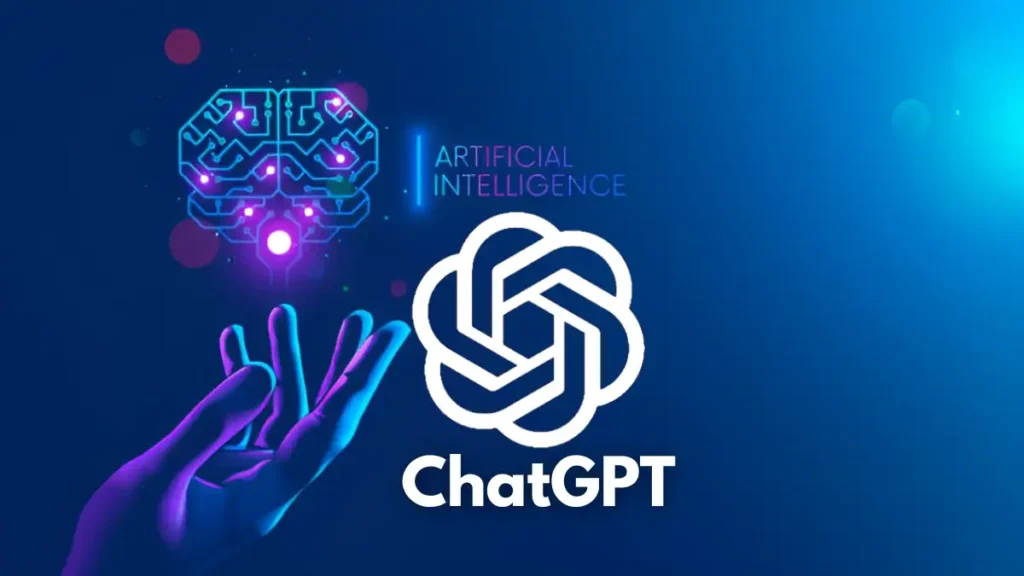According to analytics firm Similarweb, OpenAI’s ChatGPT, the highly popular AI chatbot that was launched in November, experienced a consecutive decline in monthly website visits for the third month in a row, with signs indicating that the decline may be reaching its end.

In August, the global desktop and mobile website visits to the ChatGPT website decreased by 3.2%, totaling 1.43 billion visits. This decline follows approximately 10% drops in each of the previous two months. Additionally, the average time spent by visitors on the website has been decreasing since March, going from an average of 8.7 minutes to 7 minutes in August.
However, there is a slight increase in worldwide unique visitors in August, with the number rising from 180 million to 180.5 million users. The return of schools in September may contribute to an improvement in ChatGPT’s traffic and usage, as some educational institutions have started embracing the chatbot. Notably, ChatGPT traffic in the United States saw a slight rise in August, aligning with the reopening of American schools.
What is ChatGPT?
ChatGPT is a large language model chatbot developed by OpenAI and launched on November 30, 2022. It is a sibling model to InstructGPT, which is trained to follow instruction in a prompt and provide a detailed response.
ChatGPT is trained on a massive dataset of text and code, which allows it to generate human-like text, translate languages, write different kinds of creative content, and answer your questions in an informative way. It is still under development, but it has the potential to revolutionize the way we interact with technology.
Here are some of the features of ChatGPT:
- It can generate human-like text, including different styles and tones.
- It can translate languages, both from text to text and from speech to text.
- It can write different kinds of creative content, such as poems, stories, and scripts.
- It can answer your questions in an informative way, even if they are open-ended, challenging, or strange.
- It can learn and improve over time, as it is exposed to more data and feedback.
ChatGPT is still under development, but it has the potential to be a powerful tool for a variety of tasks. It can be used for customer service, education, research, and content creation. It is also being explored for use in other areas, such as healthcare and finance.
Here are some of the limitations of ChatGPT:
- It can sometimes generate text that is factually incorrect or misleading.
- It can be biased, reflecting the biases in the data it was trained on.
- It can be fooled by adversarial examples, which are deliberately crafted inputs that can cause it to generate incorrect or misleading text.
Overall, ChatGPT is a powerful language model that has the potential to revolutionize the way we interact with technology. However, it is still under development, and it is important to be aware of its limitations.
Powerful Use Cases of AI Chatbot ChatGPT
ChatGPT is a powerful language model that can be used for a variety of tasks, including:
- Generating text. ChatGPT can be used to generate text for a variety of purposes, such as blog posts, articles, social media posts, product descriptions, and marketing copy. It can also be used to create creative content, such as poems, stories, and scripts.
- Translating languages. ChatGPT can be used to translate text from one language to another. This can be useful for businesses that want to reach a global audience or for people who want to communicate with others who speak different languages.
- Answering questions. ChatGPT can be used to answer questions in a comprehensive and informative way. This can be useful for businesses that want to provide customer support or for people who want to learn more about a particular topic.
- Summarizing text. ChatGPT can be used to summarize text, extracting the key points and presenting them in a concise and easy-to-understand way. This can be useful for businesses that want to create product descriptions or for students who need to summarize their research papers.
- Classifying text. ChatGPT can be used to classify text, assigning it to a particular category. This can be useful for businesses that want to organize their data or for researchers who want to analyze large amounts of text.
- Generating code. ChatGPT can be used to generate code, such as Python, Java, and C++. This can be useful for businesses that want to automate tasks or for students who are learning to code.
- Writing different kinds of creative content. ChatGPT can be used to write different kinds of creative content, such as poems, stories, and scripts. This can be useful for businesses that want to create marketing copy or for people who want to express themselves creatively.
Sources: https://openai.com/blog/chatgpt



